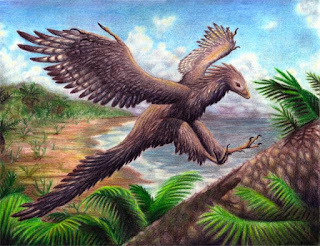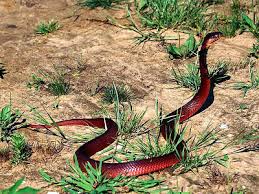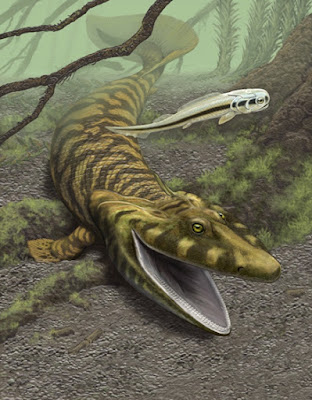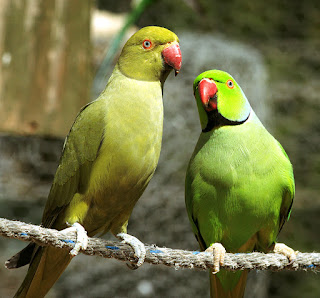Perching Mechanism of Birds
Good Morning Readers, hope your morning is good and you are doing great. Today, we will see, how birds fly and what is the reason behind this mechanism. So, let's start and make this article simple and short.
In flying birds the muscles of the leg are so modified that they
can sit or perch on branches holding them tightly by their flexible toes. The muscles
responsible for this mechanism are called perching muscles. There are two sets
of these muscles:
1. Flexor
2. Extensor
Flexor Muscles
There are eight flexor muscles situated on the back of
tibiotarsus and are attached to the knee. Six of these muscles are connected
with the second, third and fourth anterior toes and the remaining two are
connected with the hallux (the first toe). Tendons from these muscles are
attached to the phalanges of the toes on their ventral surface. Since these
muscles cause flexion of the toes they are called flexor muscles. The chief
flexor muscles are peroneus medius and flexor perforans which are
attached to the tibiotarsus. The tendon of the peroneus muscle passes along the
back of the ankle joint and then divides into three, each of which goes to the
ventral side of the three forwardly directed toes. The tendon of the flexor
perforans goes to the backwardly directed hallux (first toe). The two muscles
are joined together by a slip, so that a pull on any tendon flexes the toes. The
calf muscle or the gastro-cnemius is present on the anterior side of the
crus. Its tendon joins the tendons of the peroneus muscle and thus helps in
perching. In many birds there is a small muscle called ambiens muscle which
arises from the pectineal process of the ilium and passes over to the outer
surface of the tibiotarsus. Its tendon joins the tendons going to the front
digits. The function of the ambiens muscle in perching is negligible and it can
be severed without affecting the perching ability.
Extensor Muscles
To unlock and release the feet from the perch the bird has to
raise its body to straighten the legs. The opening of the toes is affected by
the tibialis anterior muscle which is present on the anterior aspect of
the tibiotarsus. Branches of its tendon go to the upper surface of the anterior
toes. When the bird raises its body, the extensor muscle is contracted and the
toes get open.
Mechanism
When the bird settles on the branch of a tree, the legs are bent
at the knee and the ankle. As a result the flexor tendons become stretched
exerting a pull on the toes which thus become automatically flexed and grip the
perch tightly. When the bird sleeps on a perch, the weight of the body bends
the ankle more and the grip on the perch becomes tighter. A nerve centre on the
plantar surface of the toes initiates the grip reflex as the feet touch the
perch. Another perching device is provided by the locking of the digits. The sheaths
covering the tendons are ridged on the lower surface at the junction of the
phalanges with tarsometatarsus. When a bird sits on a perch the weight of the
body presses the ridged surfaces of the tendons and the ridges become
interlocked.
Reference
Also See
• Parrots
• Bats
• Bears
• Birds
©
Don`t Kill Creatures of
Nature, You have No Right to Do That
Being Vegetarian, Love
Creature of Nature
Live and Give Space for
another Life
Save Nature
Love Nature











"You can have anything you want in life if you dress for it." Buy International Brands in domestic Price.Fashion for each
ReplyDeleteHello! Do you know if they make any plugins to safeguard against
ReplyDeletehackers? I'm kinda paranoid about losing everything I've worked hard on. Any tips?
Simply wantt to say your article is as amazing. The clarity for your put up is simply spectacular and
ReplyDeletei could think yyou are knowedgeable on this subject.
Fine with your permission allow me to clutch your RSS feed to keep updated with approaching post.
Thanks one million and please carry on the gratifying work.
informative and helpful article.
ReplyDeleteNo matter what will happen tomorrow i will give my best
ReplyDeleteVery well!
ReplyDeleteThis article is amazing.
ReplyDeletegood article.
ReplyDelete